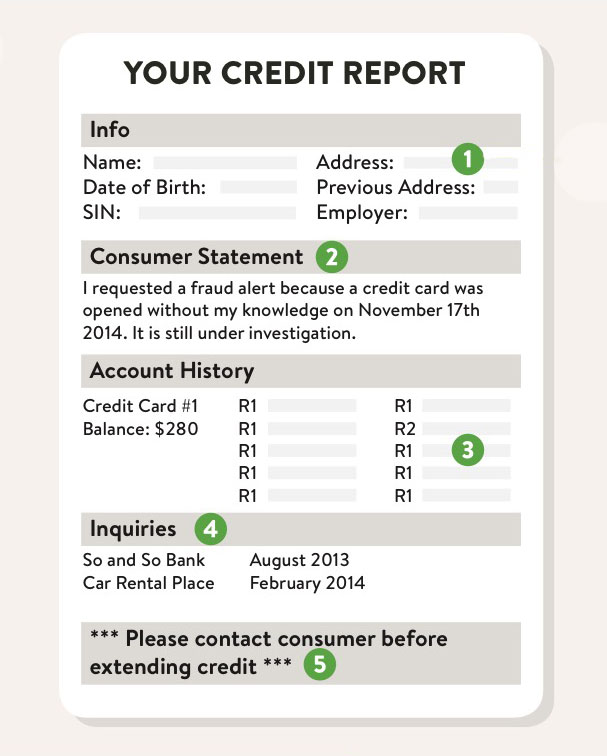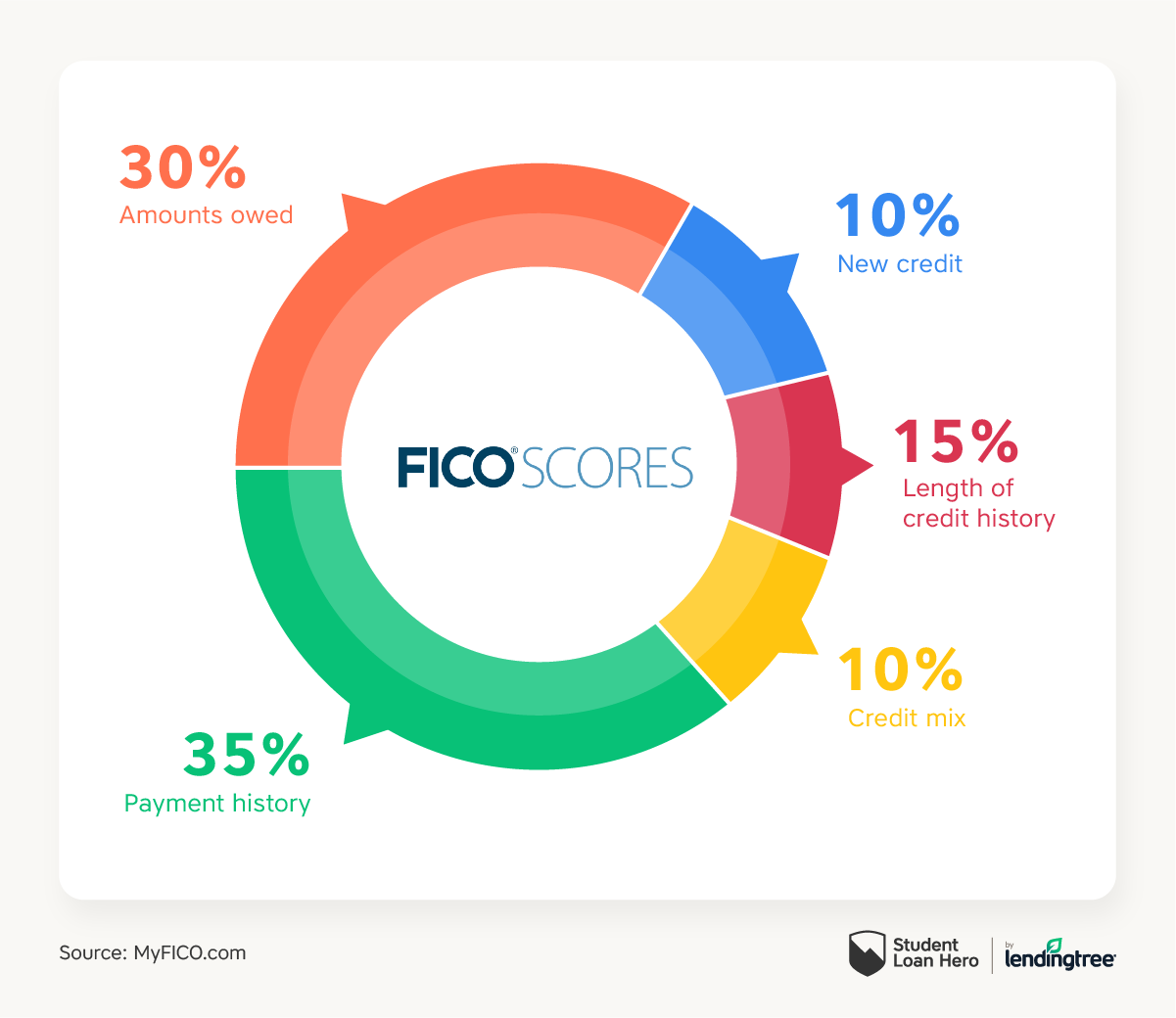
The FICO Auto Score, a credit score that car loan lenders use to assess potential borrowers, is called the FICO Auto Score. It consists of two parts: a base FICO score and an industry-specific overlay score card. The industry-specific overlay score cards are designed to assess auto debt risk.
Variables within your FICO auto score
The FICO auto score is a score that lenders use to determine if you're a good candidate for auto loan approval. Although it has many variations, the FICO auto score is still the most commonly used score by lenders. FICO 9 was the most recent version and was introduced by lenders in 2014. It is available from all three major credit bureaus. It is important to know how each variable is weighted in order to improve your score.

Credit bureaus can report information to them from different sources. These include debt collectors, loan companies, and others. You should also keep in mind that not all businesses report to all three agencies. Your FICO score is a composite of your credit reports, so it may not be exactly accurate.
Variables in VantageScore credit score
Your credit score is determined by a number of factors including your payment history, credit account age, and your credit card debt. These factors account for 61% your total score. FICO assigns 35% of your weight to payment history and 10% to new credit lines. It also gives 15% to your overall credit score. Both credit scores penalize late payment equally. Credit management and timely payment can improve your score.
VantageScore 4.0 is the latest VantageScore credit rating model. It uses a longer historical to show a complete picture of the borrower's credit history. TransUnion and Experian have higher reporting requirements regarding civil judgments and tax lien. This means that your VantageScore score can be considered more reliable.
How to access your FICO auto score
Your FICO auto score can be a helpful tool when you are trying to get a new car. It can also help you keep track of credit history. The FICO auto score, while the base FICO score gives a general idea of your creditworthiness and ability to repay loans, is more specific. It is available in several versions and ranges between 250 and 900. The most recent version, which was released in June 2016, uses trended data derived from TransUnion's CreditVision Data. It covers a period of 30 months.

A higher FICO auto score will increase your likelihood of getting approved to borrow money. This can also lead you to receiving a better interest rates. Depending on your financial situation, you may be able to access your FICO auto score by signing up for a credit monitoring service. But, these services may not always be the same as your lender's. You should check which credit bureau you are eligible to use as many lenders use these three credit bureaus to calculate their auto score.